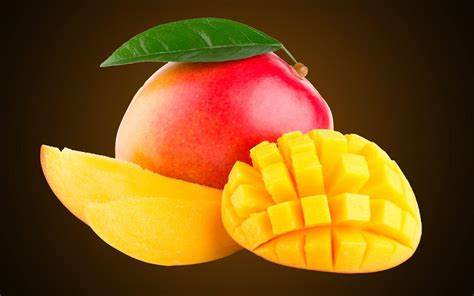Mango is known as the king of fruits. It is also the national fruit of India. This pulpy fruit grows during the summer season. The cultivation of mango started around 6000 years ago. They come in both flavours of sweet and sour. Moreover, they are also very rich in minerals and nutrients. Mangoes have unique nutritional and medicinal qualities which makes it very beneficial. It is a rich source of vitamins A and C. In addition to having a beautiful shape and appearance, the taste of mango is very delicious. Similarly, mango in ripe form is highly energising and fattening according to nutritional experts. What’s interesting is that we can use every part of the mango from its root to top in a lot of ways.Mangoes come in over 400 different types. Alphonso, Amrapali, Zill, Himsagar, Young, Sindhri, Neelam, Mulgoba, Langra, Palmer, Mallika, and Totapuri are a few of the mango varieties that are often farmed. These kinds of mangoes ripen primarily in the summer. The size and colour of the ripened mangoes vary depending on the type of mango. Ripening of the mango fruit usually takes about three to six months. Even in its various stages of growth, we use it in a lot of ways. For instance, we use it for extracting tannin in its raw stage. Similarly, we also use it to make chutneys, curries and pickles at this stage. Further, we also use it to make tasty squashes, jams, juices, jellies, nectars, syrups and more. Mango also comes in a can in slice and pulp form which is ready to use. Moreover, we also use the inside kernel of the stone of the mango as a source of food.
Mango
Jesica Sen
||
Post On > May 3 2024 ||







Leave a reply